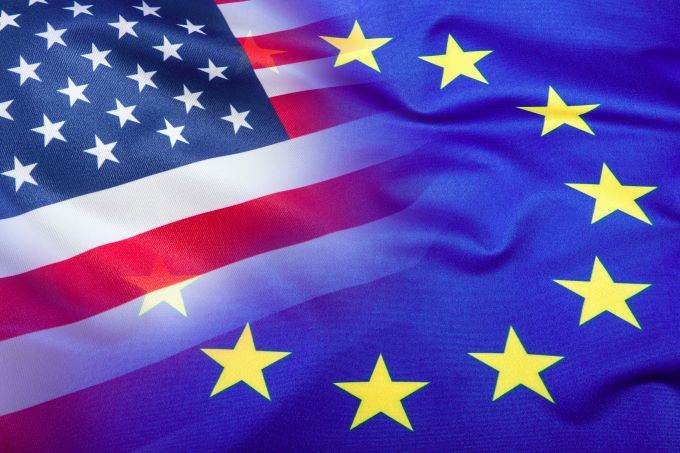 As central banks around the world compete in printing money, the FED is by far the winner. In its wake, the US dollar has been weakening the most out of other major currencies, with the EURUSD pushing to levels last seen in May 2018, right above 1.1950.
As central banks around the world compete in printing money, the FED is by far the winner. In its wake, the US dollar has been weakening the most out of other major currencies, with the EURUSD pushing to levels last seen in May 2018, right above 1.1950.
With EURUSD at 2-year highs, what’s next?
Investors are still unsure whether US politicians will be able to reach any kind of deal on the new stimulus program. Senate Republicans are said to be planning to introduce a new version of the stimulus bill that is more pared down than the 1 trillion USD bill already passed.
Moreover, Bloomberg reported that the pared-down legislation would include a 300 USD a week enhanced unemployment benefit, money for small business aid, and additional US Postal Service funding.
Speaking of fiscal stimulus, further measures in Germany are very likely also coming soon, as finance minister Scholz has proposed extending the country’s job support scheme from 12 to 24 months, in a move that will cost circa 10 billion EUR.
In other news, US real rates are dropping as inflation expectations are picking up, but the 10-year yield remains anchored at 0.6%. Therefore, the greenback should remain under pressure.
The uncertainty regarding the fresh US stimulus might also keep the USD offered, while it looks like there is more political willingness in the EU to approve new stimulus.
Should the Fed continue its current monetary policy, the EURUSD pair might jump above the important 1.20 level, with the next target at around 1.30. However, anything above 1.20 is reducing the competitiveness of EU business as the euro bloc needs a weak euro, not a strong one. If the single currency indeed jumps above 1.20 - 1.25, we might see more dovishness from the European Central Bank (ECB). The ECB will try to talk down the euro, or at least to stop it from appreciating sharply, then, it will be the Fed's turn again.
Prepared by Axiory
